Contribution / Chapter
Opelt’s Siren
Items
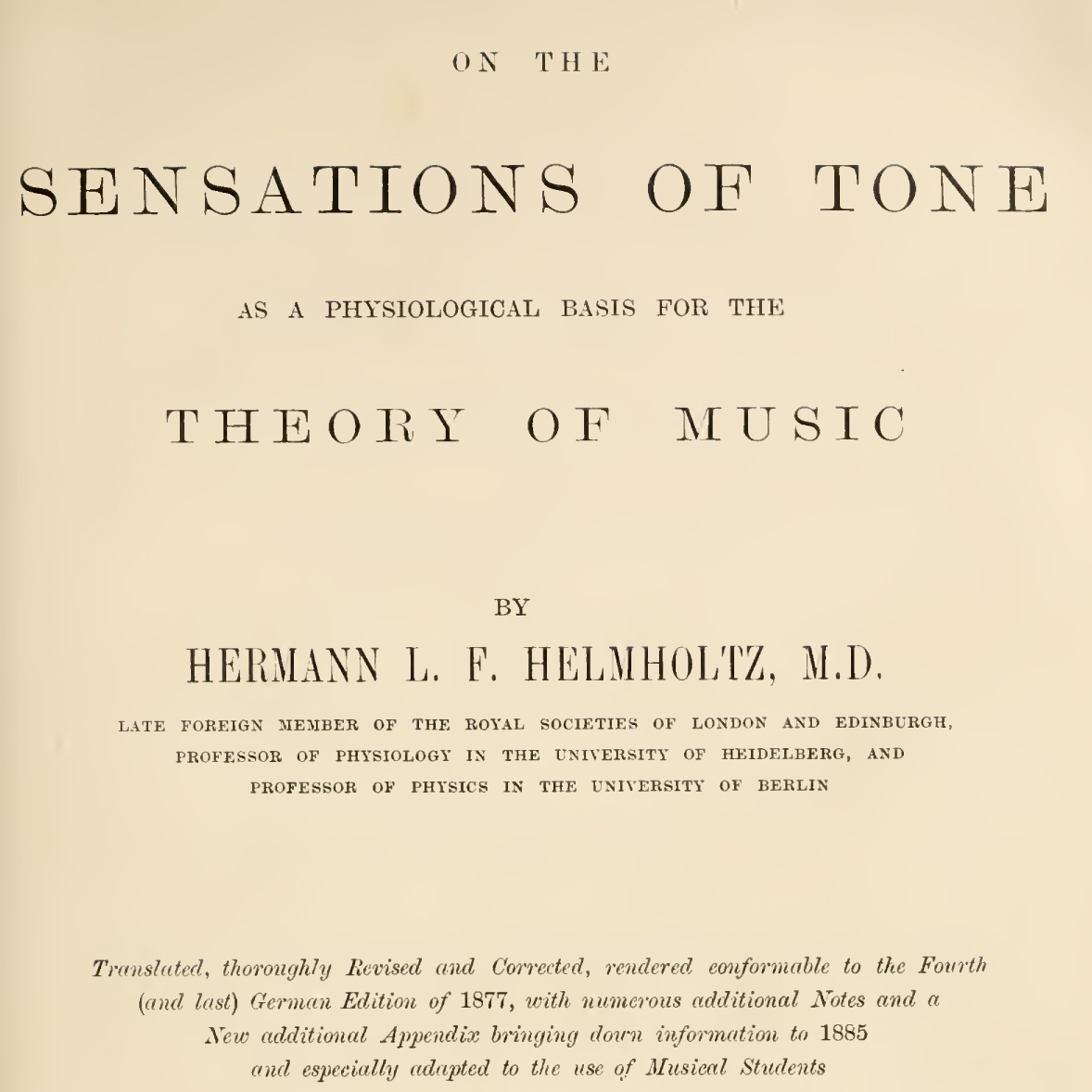
On the sensations of tone as a physiological basis for the theory of music Texts
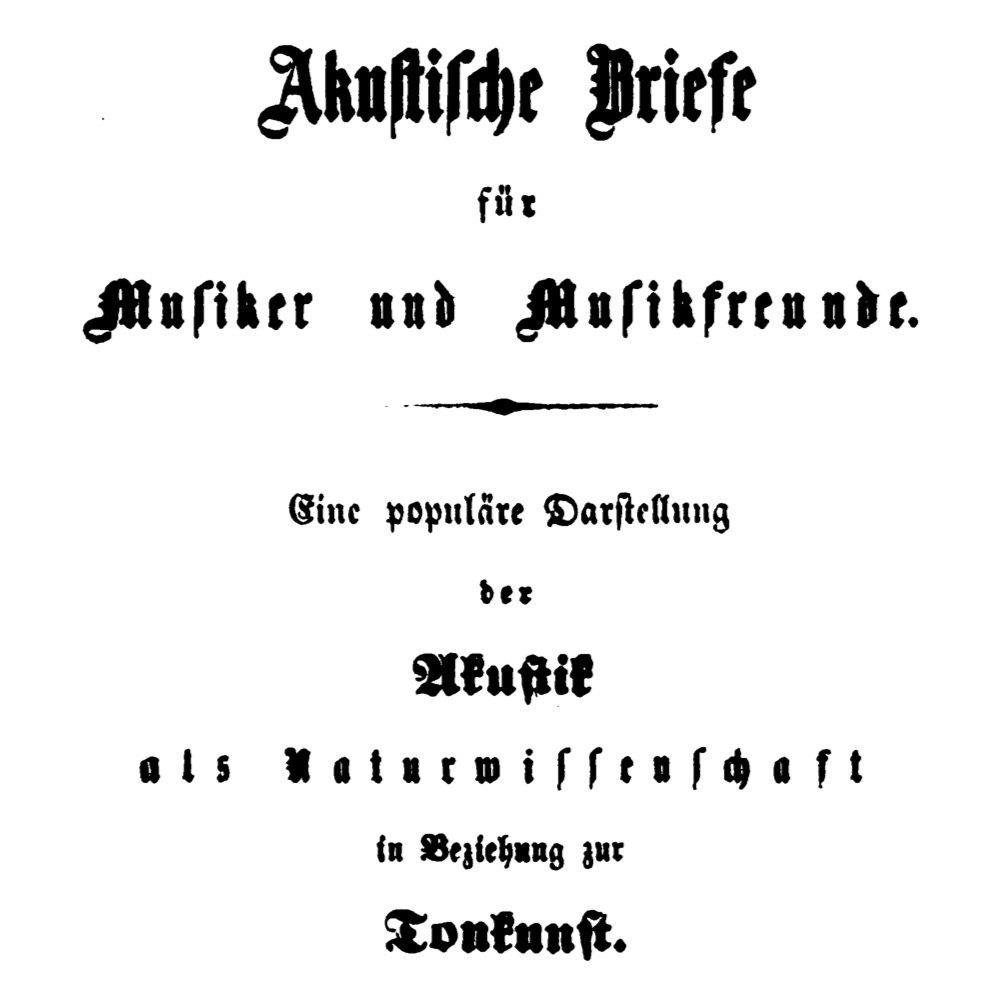
Akustische Briefe für Musiker und Musikfreunde Texts
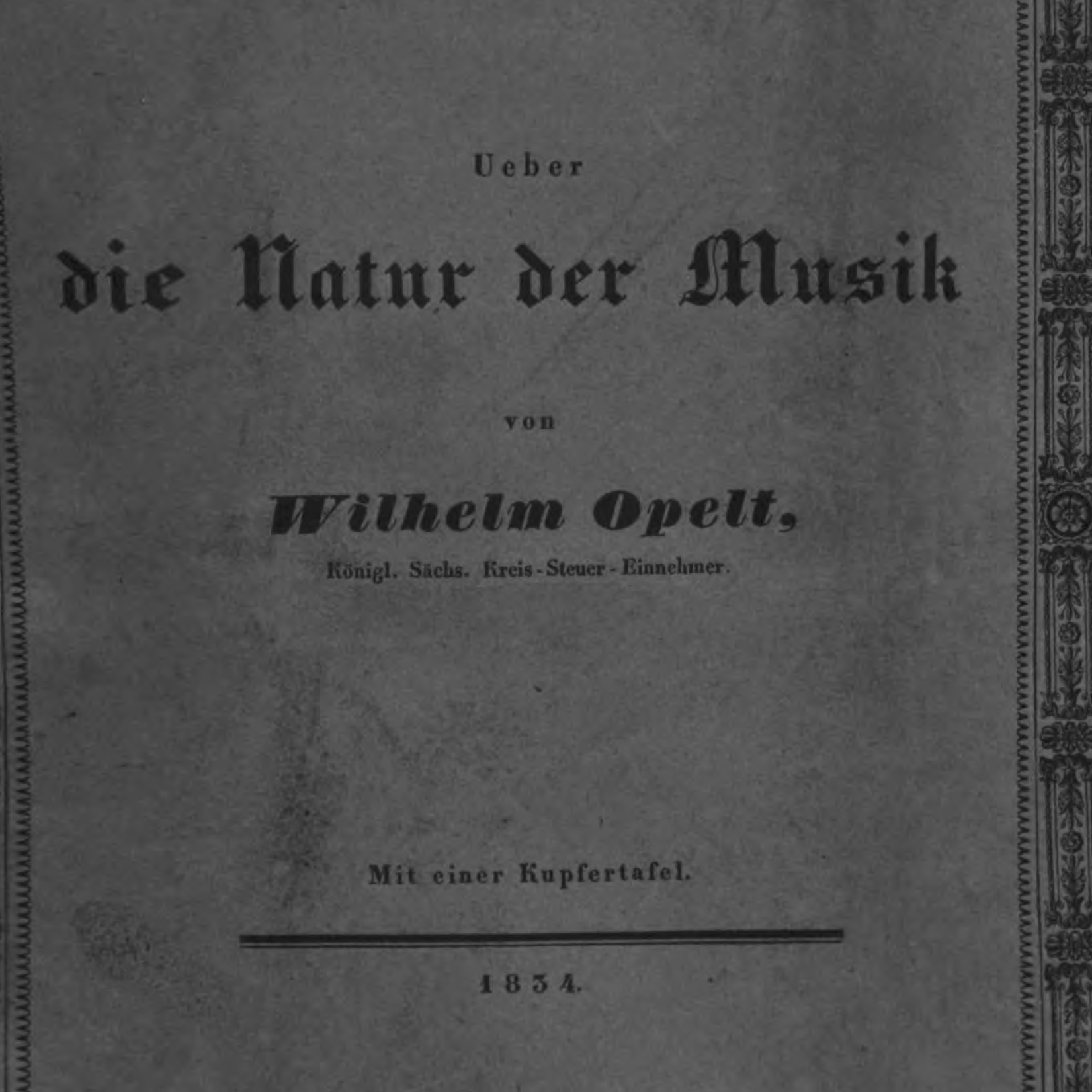
Über die Natur der Musik Texts
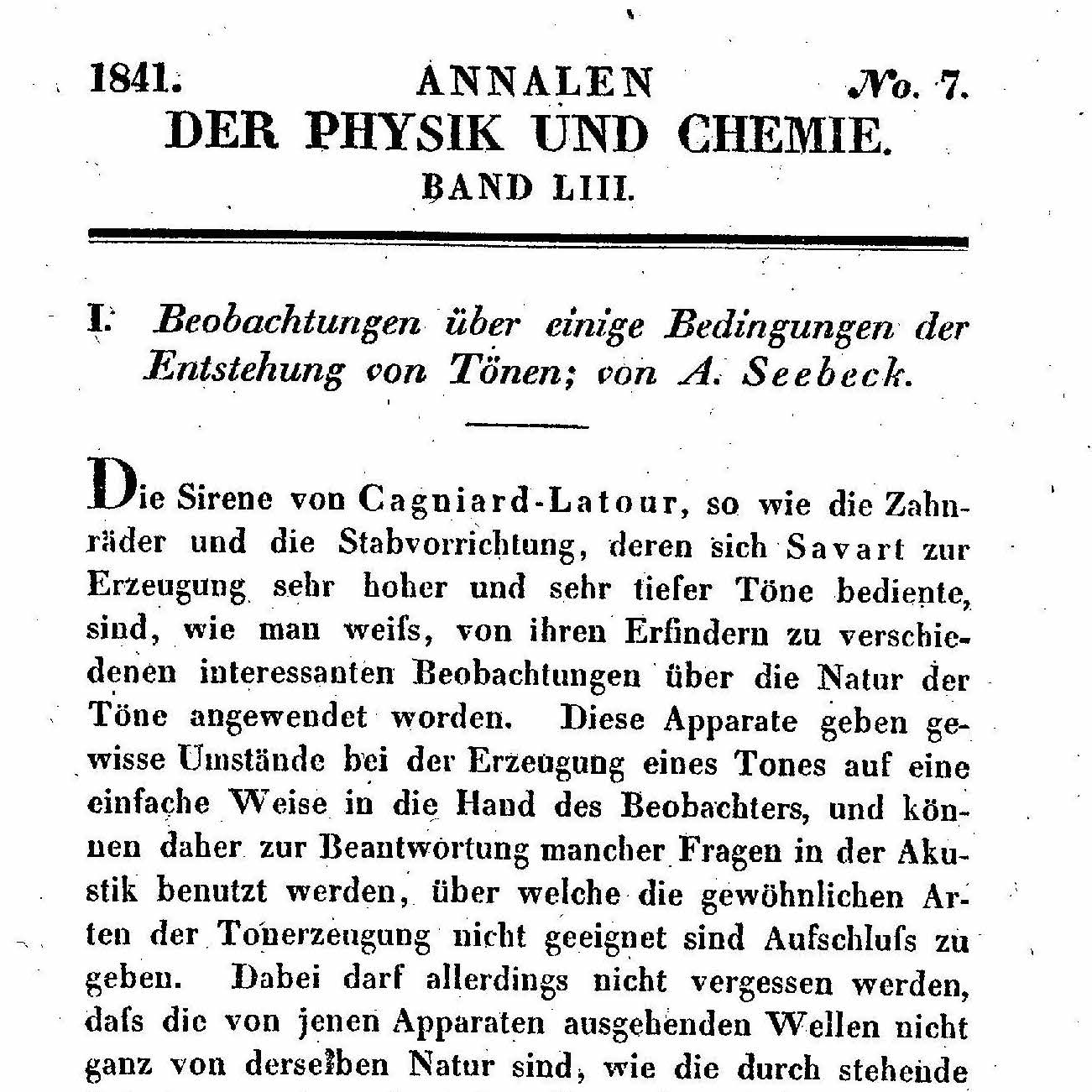
Beobachtungen über einige Bedingungen der Entstehung von Tönen Texts
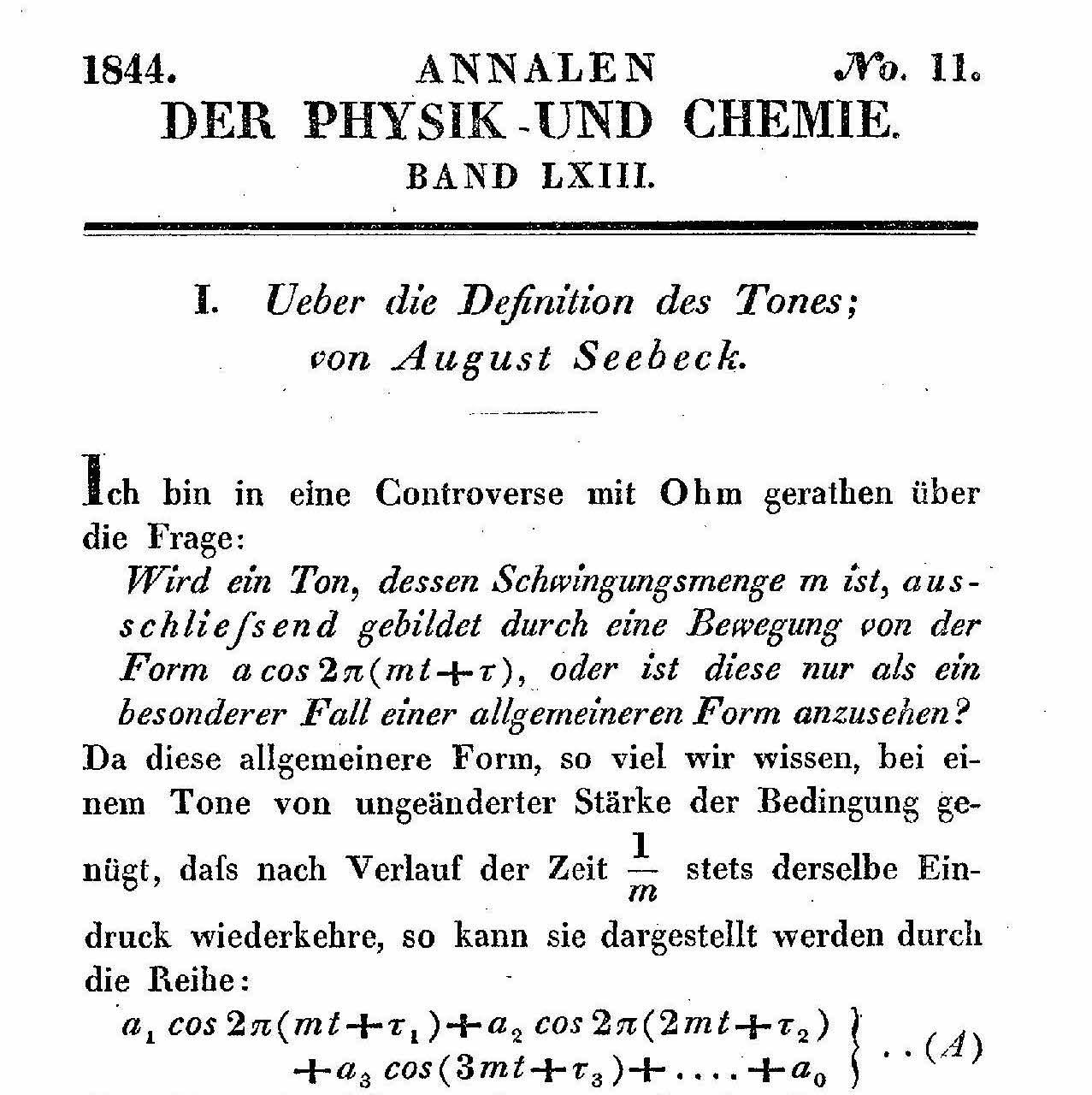
Ueber die Definition des Tones Texts
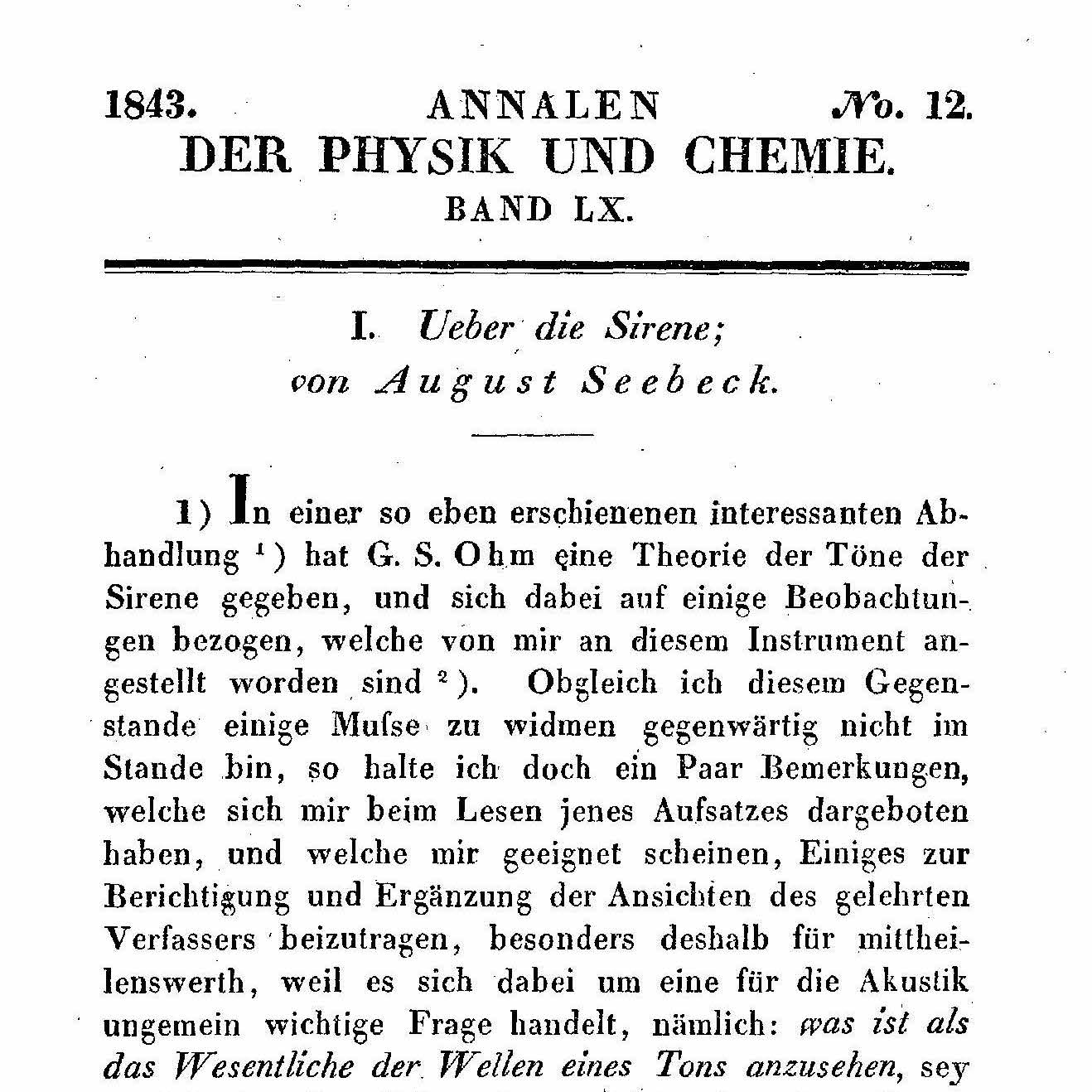
Ueber die Sirene Texts
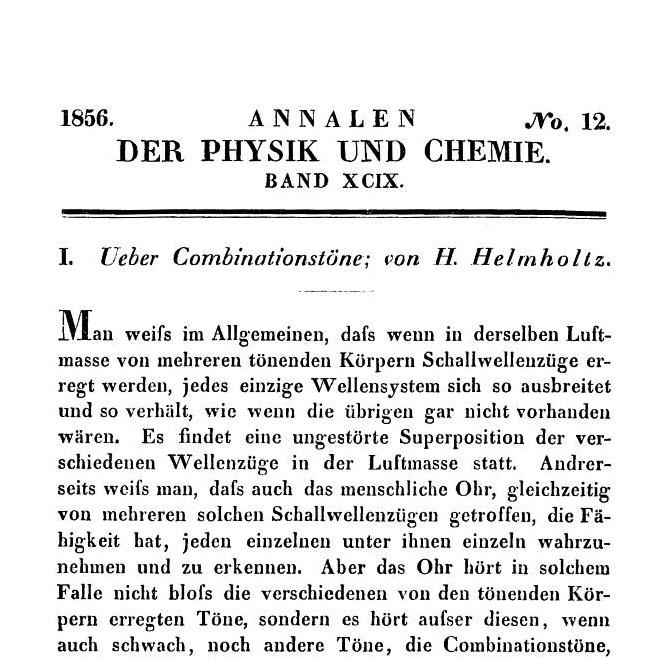
Ueber Combinationstöne Texts
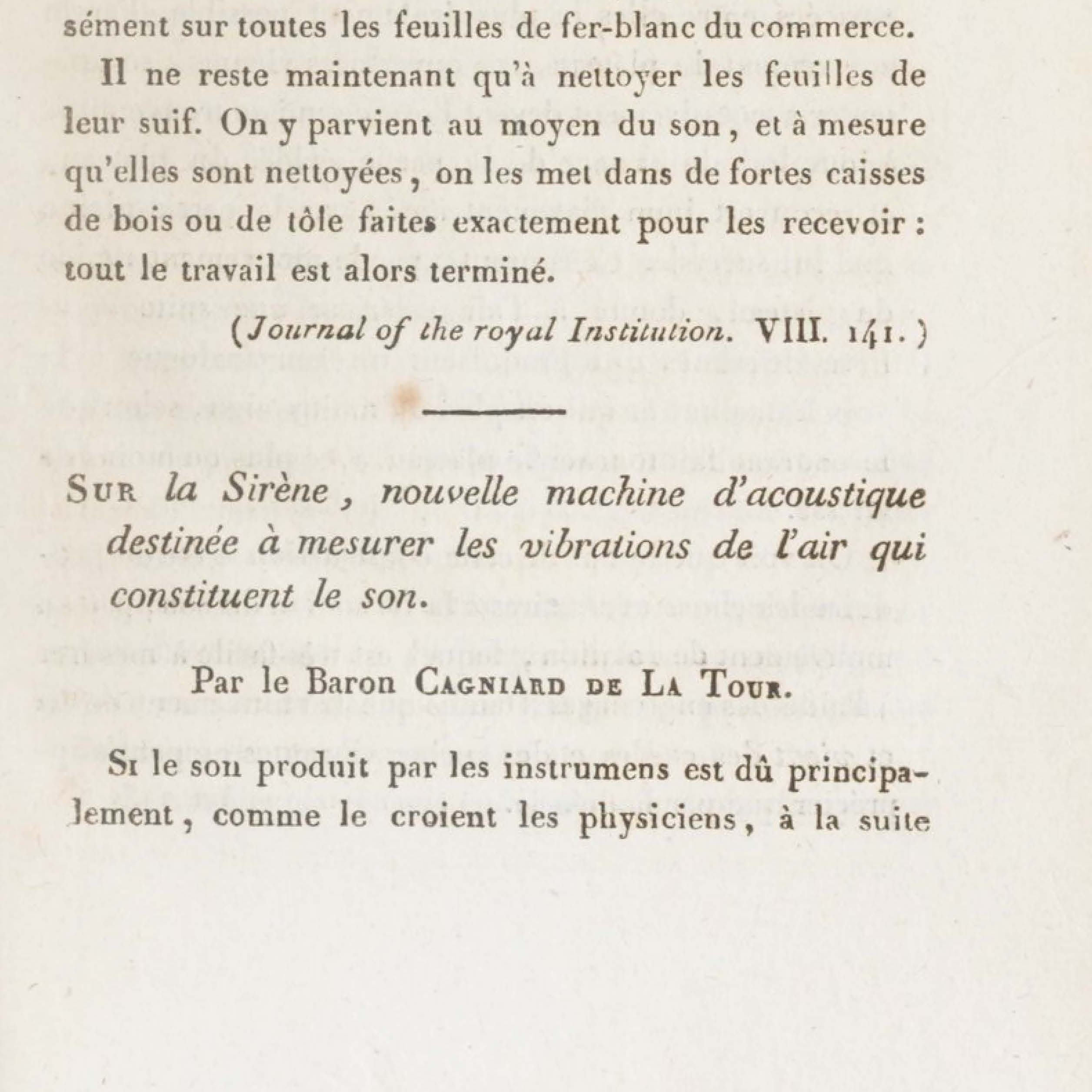
Sur la Sirène, nouvelle machine d’acoustique destinée à mesurer les vibrations de l’air qui constituent le son Texts
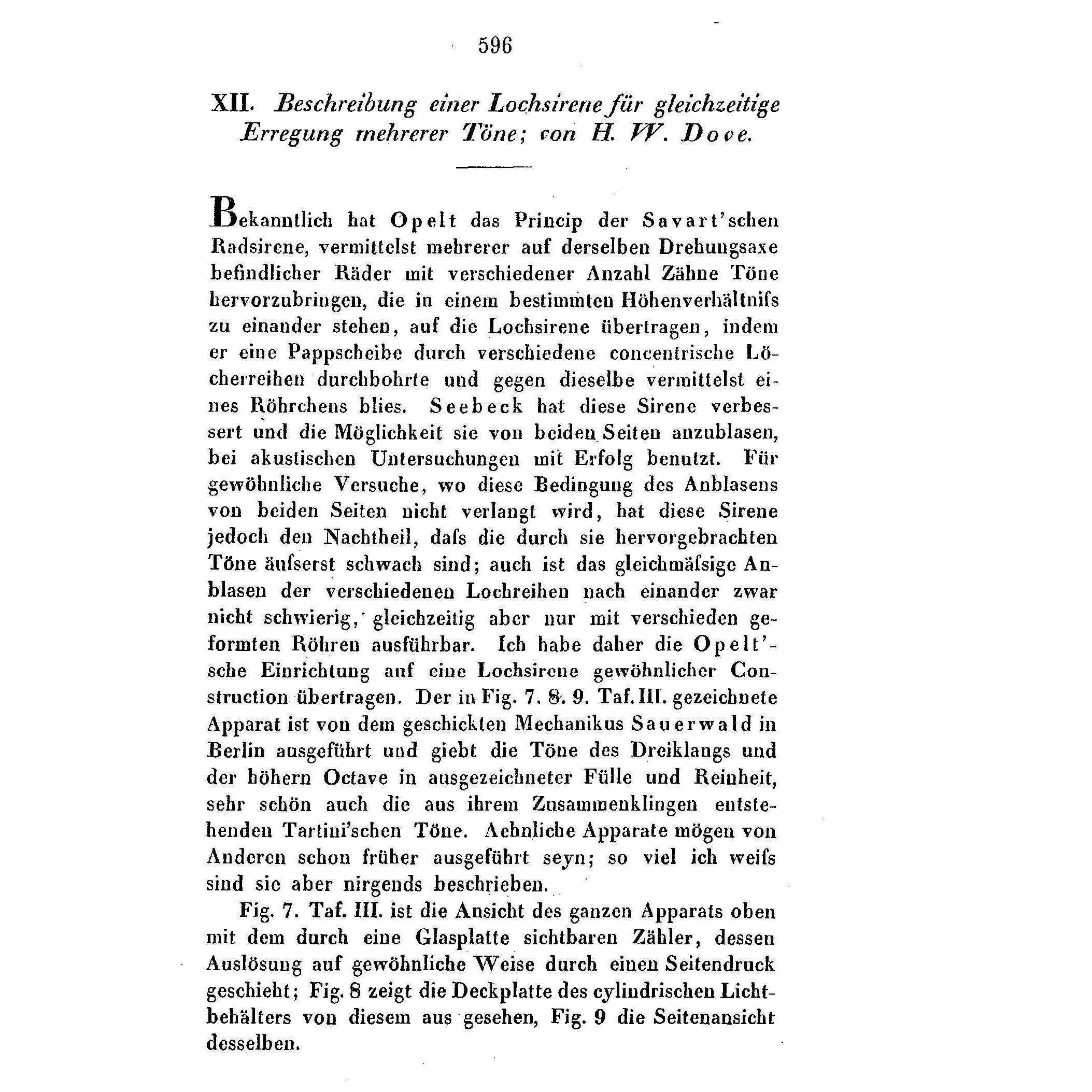
Beschreibung einer Lochsirene für die gleichzeitige Erregung mehrerer Töne Texts
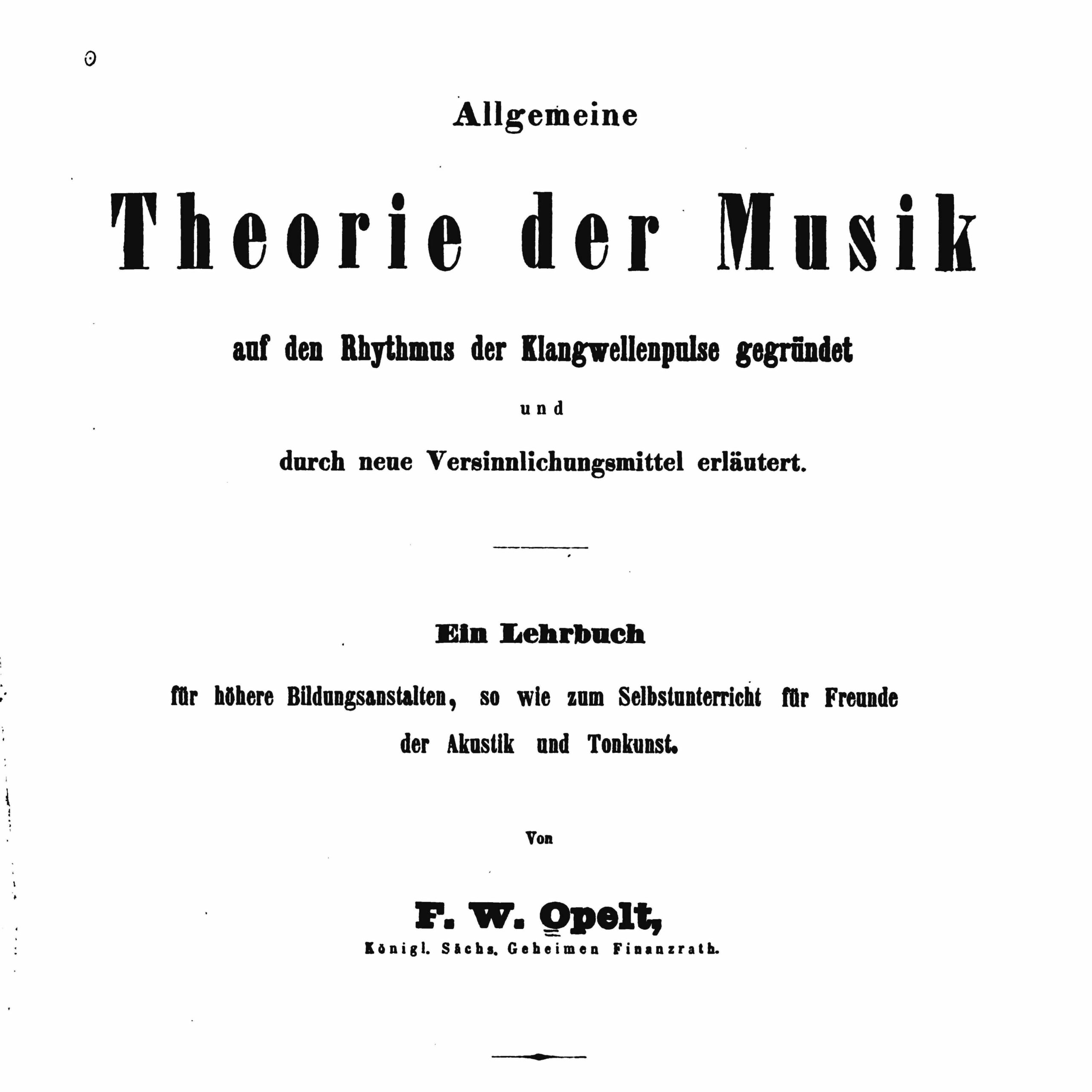
Allgemeine Theorie der Musik auf den Rhythmus der Klangwellenpulse gegründet Texts
Opelt’s Siren
Friedrich Wilhelm Opelt (1794–1863) proposed a revolutionary music theory based on the recursive features of human hearing. Opelt based his theory on a recent invention, Charles Cagniard de la Tour’s mechanical siren (1819), which he expanded and improved. Cagniard’s model consists of a metal disk with holes in regular intervals that, when set in rotation and with air blown through them, produce a series of air puffs. Once their pulsation increases above 20Hz, this pulse is heard as a continuous, rising pitch. Opelt employed this device to test the properties of hearing against the parameters of music: he noted that more complex patterns of holes translate into intervals, chords, and harmonies and showed that every pitch event can be translated into a corresponding rhythmic event. Pitch and rhythm may be different perceptual parameters, but physically, they are both temporal events, which merely inhabit different dimensions of the time axis.
© 2015 – 2025 Humboldt-Universität zu Berlin





